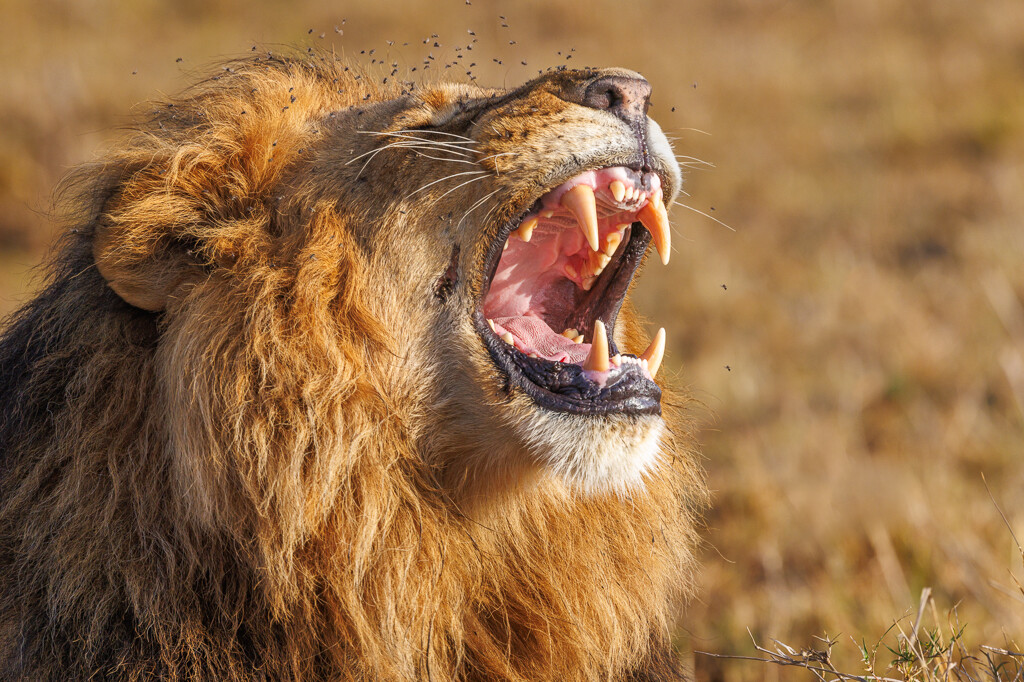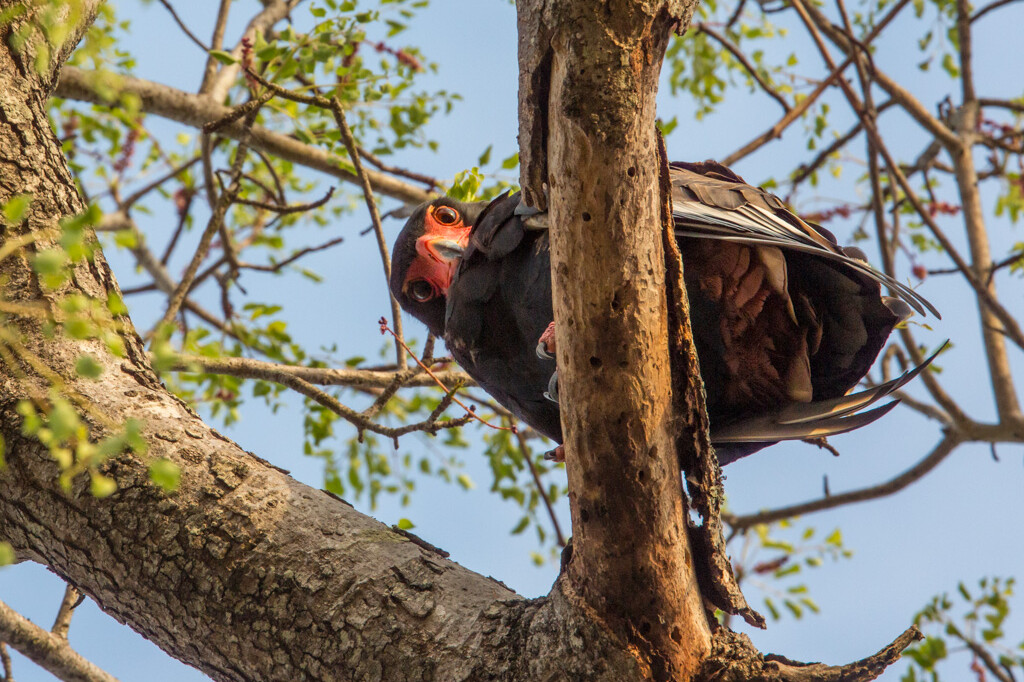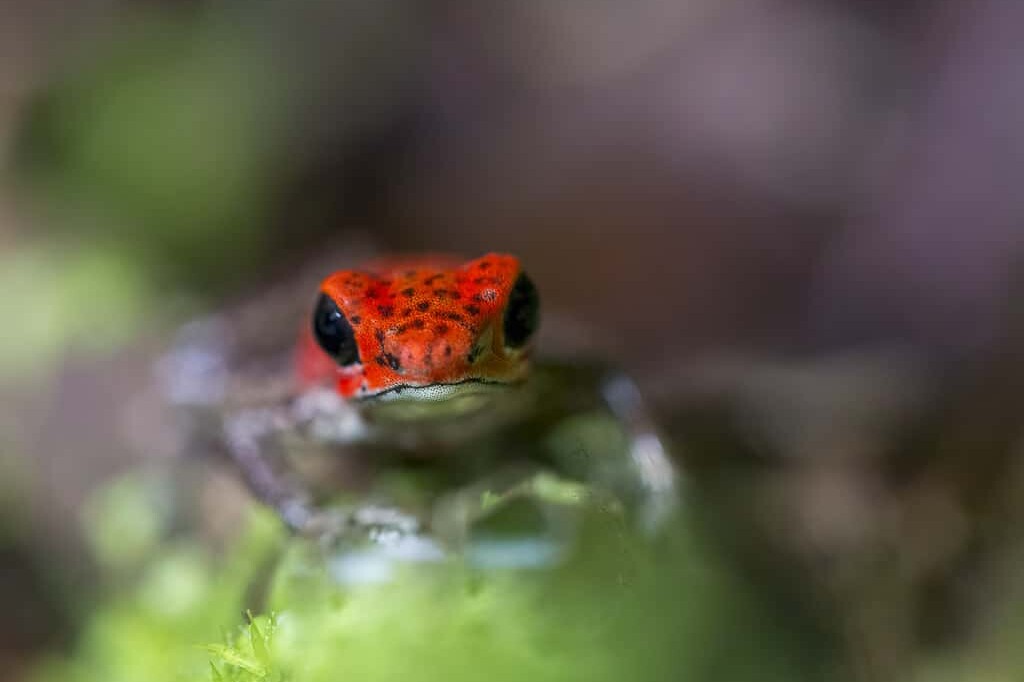I recently visited the Lewa Wildlife Conservancy where I was lucky to meet a special black rhino named Elvis. Lewa is a safe refuge for the critically endangered black rhino as well as the endangered Grévy’s zebra. Lewa is renowned for world class anti-poaching operations, built on forging strong relationships with neighbouring conservancies. As well, engaging local communities in the philosophy of wildlife conservation. It has proven to be a successful model, and while there are still challenges, the wildlife is flourishing.
In the 1960’s, Kenya was home to over 20,000 black rhinos. By 1980 there were less than 300 black rhinos remaining. Thanks to dedicated anti-poaching teams, education programs, and habitat protection, the numbers are rising. Today, Keyna is estimated to have more than 900 black rhinos, and 255 of those live under protection in Lewa.
On my recent visit I was delighted to see strong numbers of both white and black rhinos. The highlight, however, was meeting a resident black rhino named Elvis. My encounter with Elvis was highly unusual. Black rhinos are not known to be laid back and so, when Elvis dropped by to have a scratch on our bumper, it was indeed a surprise! But Elvis has a very special background and his casual approach to the truck was friendly and relaxed–albeit, a little itchy!
Meet Elvis!

Elvis was the third or fourth calf born to Mawinga (translated: Cloud) in the Lewa Conservancy. Sadly, Malingwa was blind and unable to defend her claves, she lost them to predation from lions and leopard. With rhino numbers under such pressure, losing calves was tragic for all involved. So, when Mawingu gave birth again, the park rangers removed her calf and raised him by hand to ensure his safety. They went on to raise another 4 or 5 of Mawinga’s calves over the next decade, until she passed away.
 The Early Years for Elvis
The Early Years for Elvis
Elvis (and his subsequent siblings) was well cared for, but he was not treated as a pet. His caregivers took him for daily walks in his future territory. They made regular visits the dung sites of the resident wild rhinos–the ultimate communication hub! Think of these piles of poop as the social media network of the wild rhino population. The chemicals in dung and urine communicates important information to other rhinos. Here, Elvis would sniff through the droppings, familiarize himself with the community comings and goings, rub his feet through the dung heap and leave his scent to introduce himself to his wild cousins. Ensuring scent is circulated is a very necessary part of preparing a rhino to return to a wild community.

At about the age of four, Elvis was successfully re-introduced to the wild and began his life as a young male black rhino. But for several years after he would return to see is Ranger friends, wandering right through the home of Ian and Jane Craig, the founders of the conservancy. On one special occasion he made an attempt crawl right into bed! To hear Jane tell the story, the bed collapsed under his weight and Elvis just lay there, moved the blankets around with his horn and created a little nest to enjoy a nap. Apparently, it has been years since he has returned. As the dominate male in his territory, he is quite busy marking his scent and keeping track of his females.
An Itchy Elvis
We had stoped to watch Elvis walk along the worn path seemingly heading down to the waterhole. But he decided to take a small detour for some self-cares! Clearly unconcerned about our truck and recognizing our ranger, he approached the back end to take care of a little dry skin that was bothering him. For the next minute or two he very casually began to run his horn and forehead over the back bumber! For a rhino, his movements seemed quite gentle. But when an animal that can weigh up to 1400 KG gives himself a little scratch, well, it does put the suspension to the test!
While seeing our familiar ranger and truck posed no threat to him, he casually approached to give himself a scratch! But as is always good practise, no matter how relaxed or familiar a wild animal might seem, it is best to move our of their way. In our case, we did to want to startle him by jerking into gear and abruptly ending his massage, so we just slowly rolled a little froward. This proved to be just enough to divert Elvis to the other side where he could continue to wander the path down for a drink and a nice rub in the mud!

We continued to spend time with him for an other 20 minutes as he drank, scratched and surveyed his kingdom! This was definitely a rhino encounter I will long remember. Thank you Elvis–long live the King of Lewa.

One more thing…
Thank you very much for visiting my blog. I support myself as an artist with my photography and writing. If you enjoy my content and would like more, please consider supporting me on KO-FI.COM Becoming a member of the Armchair Wanderers or one of The Wild Bunch will give you access to exclusive member only content-including behind-the-scene safari updates from my travels. Thank you for your ongoing encouragement and promoting my passion.

NJ Wight
Image maker and storyteller, bringing my audience up close to the extraordinary wildlife that has transformed my thinking and shaped my creative expression.
More Great Posts
June 12, 2024
Lion Population: The Sad Story of Lion Math
June 1, 2024
The Bateleur Eagle: An Unusual Perspective
February 29, 2024
Photographing Safari Silhouettes
January 17, 2024
Photographing the Dragonfly in Flight
July 29, 2023
Photographing the Strawberry Poison Dart Frog
July 17, 2023








If you ever decide to host a fan safari, sign me up!!!!!
I do bring groups!
Thank you for your passion and for taking us along on your journey! You are a breath of fresh air. Keep up the great work!
Thank you Kathy!
I just love your work! I love the stories! Thank you for sharing your work.
Thank you Karen!
You and of course Pluto have introduced me to such wonderful adventures of the beautiful animals of Africa. Since I was young, wild animals have always intrigued me. Seeing them so up close and personal has been such a great addition to my life. And of course the Retiti Sanctuary with the elephants, has given so many friends and family great joy as they get adopted elephants for their birthdays.
Thanks Mimi!
As so I!
Dearest NJ … just this morning my partner and I watched some Pluto videos and reminsced our Covid days awaiting her grand advice. One in particular caught our attention as it is as valid for today as it was then:
Stop Eating So Much News … funny and relevant still!
Then I looked up your site and, WOW! It’s awesome.
Has a documentary crew ever tagged along on a safari? I see 2025026 is already sold out. Good for you!!! I’ll follow along from now on …
Dearest NJ … just this morning my partner and I watched some Pluto videos and reminsced our Covid days awaiting her grand advice. One in particular caught our attention as it is as valid for today as it was then:
Stop Eating So Much News … funny and relevant still!
Then I looked up your site and, WOW! It’s awesome.
Has a documentary crew ever tagged along on a safari? I see 2025026 is already sold out. Good for you!!! I’ll follow along from now on …
Ah, thanks! I confess, Stop Eating So Mich News is in regular rotation for me! 💨❤️